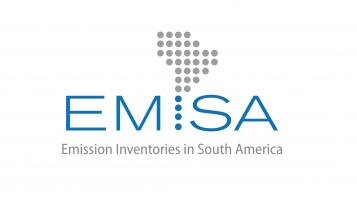EMissions in South America (EMiSA)
Reliable emission inventories are a prerequisite to understand the impact of anthropogenic activity on air quality and climate, and to develop effective mitigation options. Furthermore, emission knowledge of greenhouse gases (GHG) and air pollutants are key in the development of integrated policies addressing climate change and/or air quality and reducing unintended consequences. Emission inventories developed in different South American (SA) countries at national level typically focus on GHG in support of national and international climate action plans. Emission inventories other than for GHG in SA focus mainly on growing megacities in an effort to understand the interactions and feedback mechanisms between (transport) emissions, AQ and public health. However, often no national coverage for the air pollutants is available with the spatial and temporal detail needed for AQ policy support and analysis. Therefore, the emission inventories currently used for national, regional or continental scale AQ assessments in SA are mostly derived from global data sets. These data sets lack representation of typical local/national country “traits” which may have large impacts on both the absolute emission levels as well as the spatial and temporal distribution. This highlights the need to harmonize, or at least understand discrepancies, in currently used estimates, and in the near-future fill the gap associated with the knowledge of spatially distributed and temporally disaggregated emissions. The EMissions in South America (EMISA) initiative was created to build emission inventories in South American and provide governments, stakeholders and scientists with qualified scientific emission information to support the development and further evaluation of policies to minimize (health and climate relevant) atmospheric pollutant emissions. For this purpose, a network was established between members of the LA Emissions Inventory Group (part of the Global Emission InitiAtive, GEIA) from five countries (Argentina, Brazil, Chile, Colombia and Peru) and international researchers.
